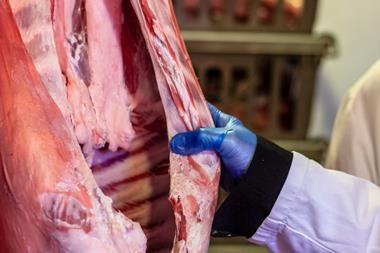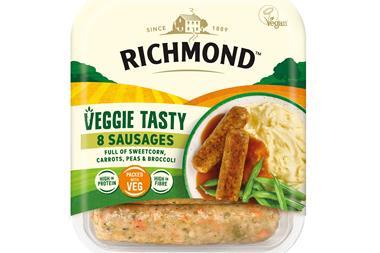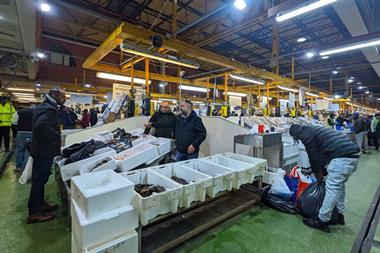
The plant-based meat revolution we were promised seems to have died a death, with volumes continuing to decline. Yet the underlying needs for carbon savings, a more sustainable food system and healthier products remain.
The decline is hardly surprising. Despite a huge raft of NPD, nothing has come close to matching meat on price and quality. On top of that, the sector has been hit harder than most by the ultra-processed debate.
Ingredients such as methylcellulose, yeast extracts, flavourings and protein isolates are now considered the most pernicious of food demons, set to go the same way as MSG (by which I mean they are vilified for no good reason and impossible to rehabilitate with facts and science).
A plant-based burger that looks and tastes like beef but is not considered ultra-processed is almost certainly impossible, leaving the sector in crisis.
The blended meat opportunity
There is an alternative that could have a huge impact on food system sustainability, potentially saving more carbon than plant-based NPD ever has. There is renewed interest in hybrid or blended products that combine meat with plant proteins, especially in items such as burgers, sausages, meatballs and mince.
Most of these do not require complex formulations, often just adding one or two ingredients to ground meat. They will generally be healthier and have reduced fat content, adding fibre and increasing protein levels.
Crucially, much to the chagrin of meat advocates, these blended products tend to perform incredibly well in blind taste tastes. In products where 20%-30% of the meat is replaced, consumers often prefer them to all-meat versions, with the added protein helping to make the meat more succulent and delicious.
And with beef prices spiralling, hybrid products offer better value, improved price stability and little of the additional manufacturing complexity that blights fully plant-based versions. In the out-of-home market, several operators are already serving hybrid products on their menus, often as the default burger choice.
Such products do not suffer from any of the negatives that (we are told) have made plant-based sales falter. They are healthier, cheaper, taste better and are more sustainable. In our quest to create a better food system, they are surely part of the future.
The marketing challenge
There’s just one problem: we don’t know how to sell them. Most retailers have been burned in the past by unsuccessful hybrid launches and won’t touch them with a bargepole. Brands have come and gone, with none managing to shift the dial. In the out-of-home market, especially contract catering, it is easier to serve hybrids without anyone really noticing. But in retail, consumers often fail to understand what they are buying and are likely to feel cheated if they do.
We don’t even have a good name. Hybrid, blended, mixed, combined – all sound pretty terrible in a consumer-facing context. Attempts to gloss over the meat replacement aspect might (just) be acceptable in pub, workplace or stadium catering (although to be honest, it does feel a bit uncomfortable), but not mentioning it in retail is a sure route to social media shaming.
With all the potential benefits, it is high time someone revisits these products. A well-backed brand could open up the market if it managed to find a message that cuts through.
In hybrids, we potentially have products that are healthier, better value, more sustainable and more delicious; a rare combination. If we want a better food system, someone needs to find a way to make them work.
Anthony Warner, development chef at New Food Innovation



















No comments yet